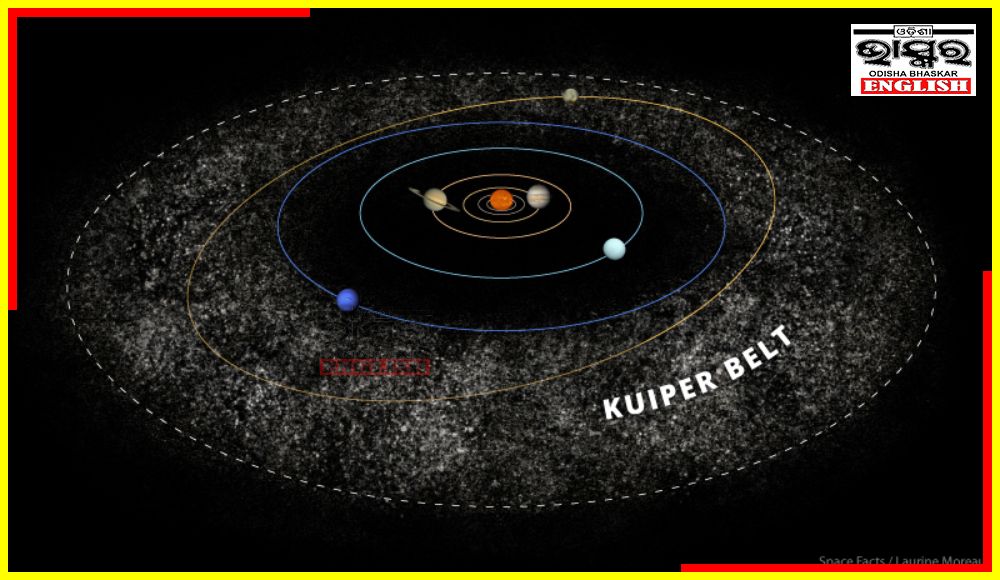The boundary of our Solar System is much bigger than what scientists have estimated, revealed findings of NASA’s New Horizons spacecraft.
As per the new findings, the boundary of our Solar System does not end at Pluto. Instead, there is a much wider field of rocks and ice known as the Kuiper belt that encircles it.
The spacecraft revealed that the Kuiper Belt of the solar system at its outer boundary includes hundreds of thousands of icy, rocky planetary building blocks, dwarf planets, comets, and other small objects. The most well-known and recognised dwarf planet in the Kuiper Belt is Pluto. Most of the asteroids and meteors originate from this belt.
The Kuiper Belt is a vast region of space in the outer solar system, beyond the orbit of Neptune. It is similar to the asteroid belt but is located much farther from the Sun, extending from about 30 astronomical units (AU) to 50 AU from the Sun. One astronomical unit is the average distance between Earth and the Sun, approximately 150 million kilometres.
The details published in Astrophysical Journal Letters state that the results were compiled over three years as New Horizons travelled from 45 to 55 astronomical units (AU) from the Sun – with one AU being 140 million kilometres.




Comments are closed.